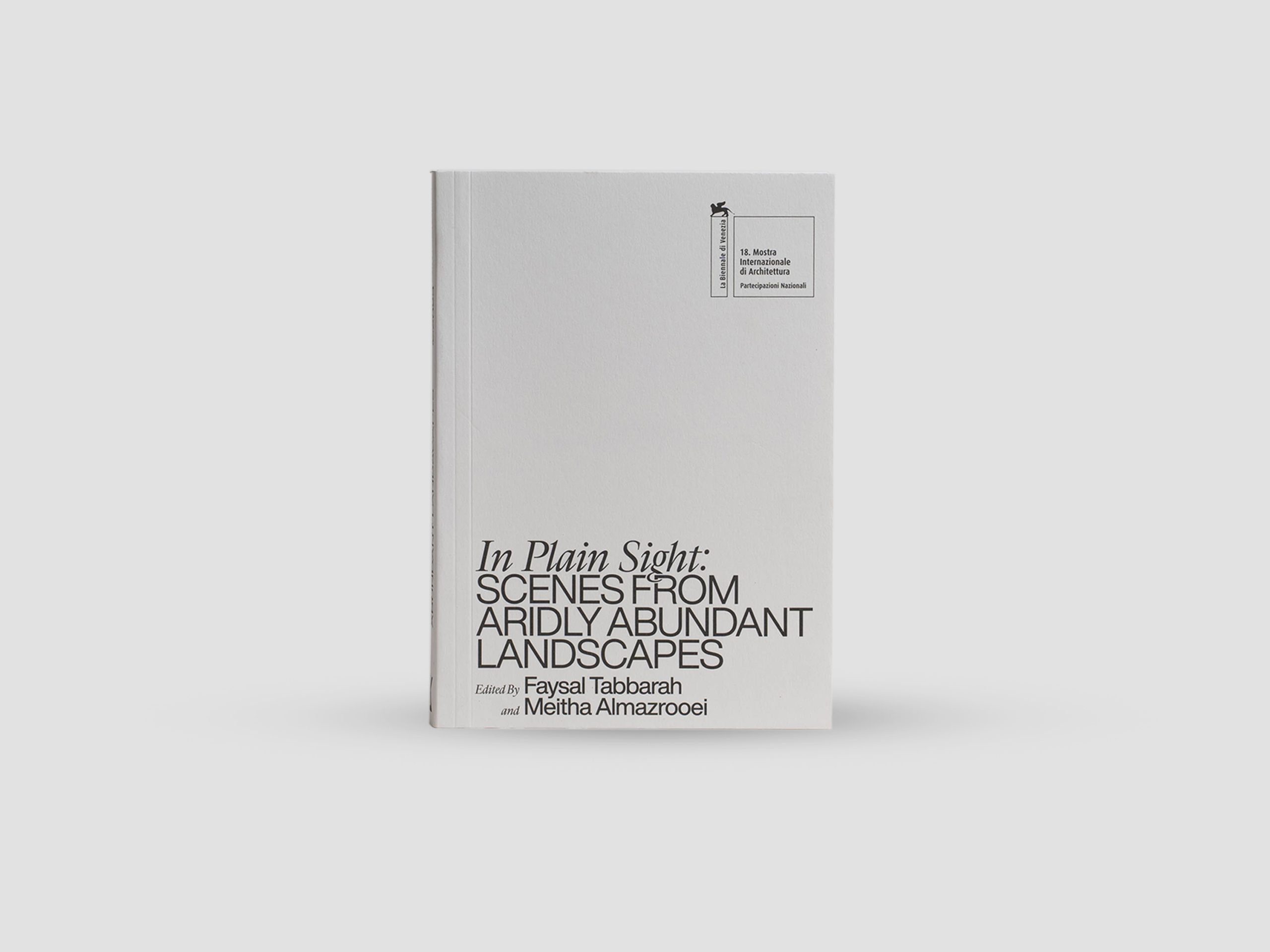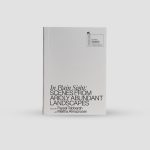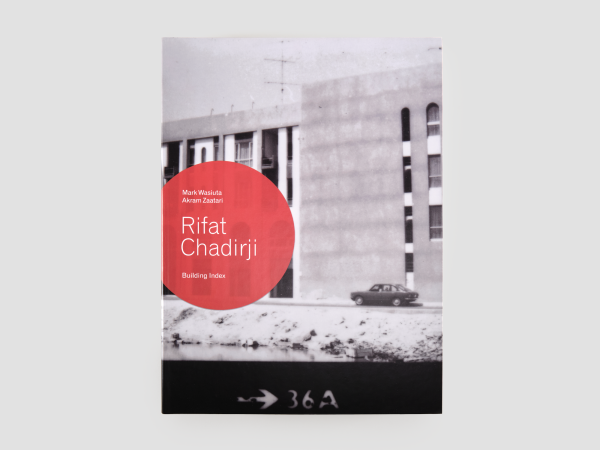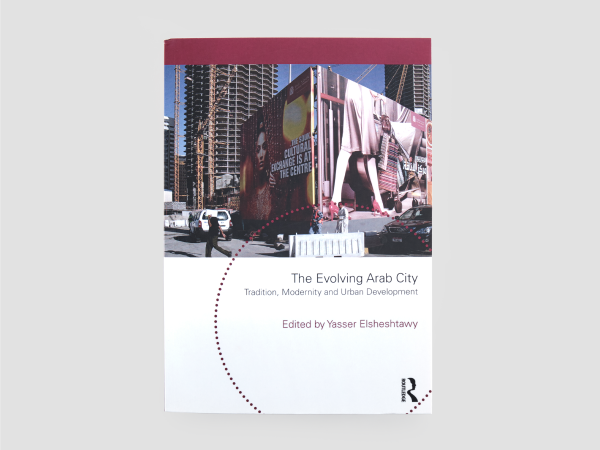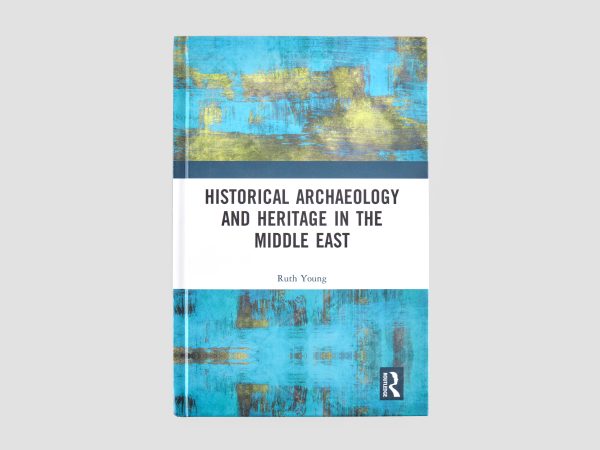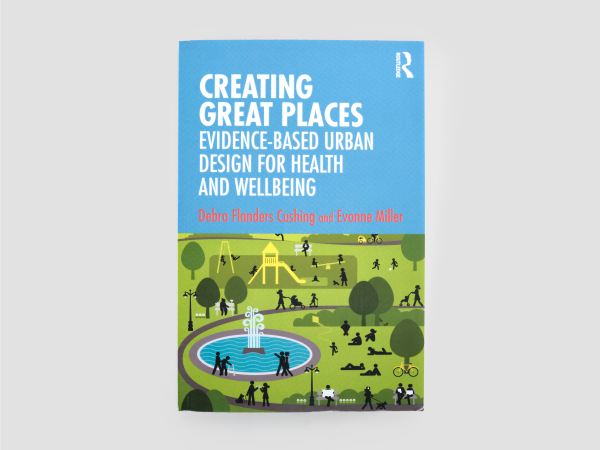With contributions by: Rand Abduljabbar, Wesam Alasali, Alia Al Sabi, Dalal Musaed Alsayer, Mohammed Mahmoud Al Naggar, Reem Falaknaz, Omar Khaled Abdel Ghaffar, Ahmad Makia, Kevin Mitchell, Ibrahim Nehme, Samar Halloum, Deepak Unnikishnan.
Official publication of the National Pavilion United Arab Emirates’ participation at the 18th International Architecture Exhibition of La Biennale di Venezia, this book was conceived as a collection of travels through aridity. Contributors were asked to think about the relationship between travel, travel writing, and the built environment. What coalesced was a diverse set of positions and attitudes towards travel writing that ranged from documenting journeys through historical texts and images in search of lost relationships with aridity and the practices it engenders, to authors who physically traveled to contemporary arid spaces in search of nuance and abundance, and essays that explore the blurry and conceptual edges of aridity.
Alongside the travel-based contributions, the book presents a series of field notes, ostensibly framed as research findings. In the field notes, curator Faysal Tabbarah attempts to narrate the places, materials, and tactics that he encountered on numerous trips. Supporting these field notes is a series of photographic catalogs that depict the range of tactics used in constructing Al Hajar’s built environment that Tabbarah have witnessed in his fieldwork.
Traveling with him and at times separately, Reem Falaknaz narrates her own experiences in Al Hajar Mountains through a series of photographs that are also contained within the publication. On a voyage to center aridity across time, space, and ideas, the book attempts to recast the genre of travel and expedition literature, challenging the ways in which arid environments have historically been depicted through broad generalizations.
While the accompanying exhibition reimagines arid landscapes as spaces of abundance, provoking alternative architectural conditions through a display of existing and imagined building tactics, the textual and visual format of a travel book is an opportunity for a slower and more contemplative form of immersion, challenging perceptual and conceptual assumptions.
About the Authors
Faysal Tabbarah is the Associate Dean and an Associate Professor of Architecture at the American University of Sharjah. He is also Co-founder of Architecture + Other Things, an architecture and design studio based in Sharjah.
Meitha Al Mazrooei is the editor of WTD Magazine. She completed her M.S. in Critical, Curatorial & Conceptual Practices in Architecture at Columbia University’s GSAPP. She is currently pursuing her PhD in History Theory and Criticism of Architecture at MIT.
Rand Abdul Jabbar borrows from and reconstructs the ephemera of place, history and memory, employing design, sculpture and installation as primary mediums of operation. Examining and engaging with historic, cultural, and archeological narratives, she interrogates the fragility of tangible heritage to create and compose forms that draw on artifacts, architecture, and mythology.
About the Publishers
Founded in 2015 with the mission of promoting the talent of artists from the region, Kaph Books is a publishing house based in Beirut, Lebanon, and specialising in quality art books on Middle-Eastern artists or art practices. Each book is unique, created in collaboration with the artists and contributors with high technical and design quality.
The National Pavilion UAE – La Biennale di Venezia is an award-winning pavilion which curates’ untold stories about the UAE’s arts and architecture and provides a high-profile platform for curatorial concepts that address critical international conversations from a distinctive local perspective.
